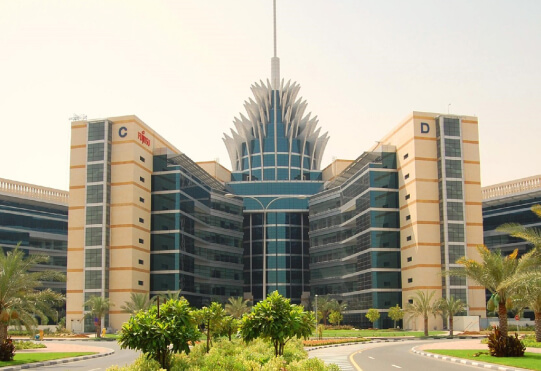If you’re planning to expand your business to the Middle East but are unsure where to start, this article is for you. As someone who has been doing business in the region since 2008 and has had an office in Dubai since 2013, I have helped numerous businesses enter the markets of the UAE and Saudi Arabia, the two countries currently attracting the most business attention from around the world.
In this article, I’ll compare the UAE and Saudi Arabia based on criteria that matter most to businesses: market size, growth potential, taxation, business setup, and business culture. The conclusions I draw will save you thousands of hours of research, so stay with me.
When it comes to market size, Saudi Arabia has an edge. For large international businesses working on mass markets like food, hospitality, restaurants, retail, e-commerce, banking, telecoms, etc., there’s a much bigger potential in Saudi Arabia. However, the UAE has a clear advantage in terms of GDP per capita, reflecting a higher concentration of international investors and high net worth individuals. If your business operates in sectors like international investments, luxury goods, international tourism, aviation, or entertainment, you need to identify where your opportunities lie.
Looking at growth potential, Saudi Arabia is poised to become the undisputed growth leader in the Middle East. The recently acquired rights to host Expo 2030, the Football World Cup 2034, and the conclusion of Vision 2030 in the same year are likely to drive tremendous business opportunities in all sectors.
The UAE has been renowned for its cheap, quick, and easy company setup, which can take just a few days. In Saudi Arabia, the initial approval process may be similar, but the number of documents required to register as a foreign shareholder is more extensive. You can register your foreign company in the UAE as an individual or a corporate, while in Saudi Arabia, you can only register as a corporate shareholder, which requires more documentation from parent companies.
In terms of running costs, the UAE offers more affordable options compared to Saudi Arabia. An annual office rent plus a license fee package in one of Dubai’s well-established free zones costs around $15,000 per year. In Saudi Arabia, while the first year is discounted, your expenses for the second year will be almost double that of the UAE.
Both the UAE and Saudi Arabia have introduced taxes in recent years. The UAE has a 5% value-added tax (VAT) and a 9% corporate income tax, while Saudi Arabia has a 20% corporate income tax for international companies and a special Islamic income tax called Zakat for local companies. However, neither country has a personal income tax, so your individual earnings are tax-free if you’re not liable to pay taxes in your home country.
In the UAE, you don’t have to pay corporate income tax if your annual income is less than $100,000. Saudi Arabia doesn’t have this threshold, but it offers special economic zones with tax advantages such as reduced corporate income tax rates, VAT exemptions, and more.
Saudi Arabia has traditionally been more challenging for business and tourism, but recent reforms have made it more welcoming to foreign visitors. While Dubai is a cosmopolitan city with a diverse population, Saudi Arabia offers a more conservative lifestyle.
Both the UAE and Saudi Arabia offer unique opportunities for businesses, depending on their size and goals. If you’re a small-medium business looking for a quick and easy setup, the UAE is a better option. But if you’re an established international business looking for your next strategic move, Saudi Arabia’s growth potential and economic reforms make it an attractive destination.
Before making any decisions, it’s crucial to test your choice online by engaging with potential clients, organizing webinars, and using digital tools. This will help you make an informed decision without rushing into legal or financial commitments.



